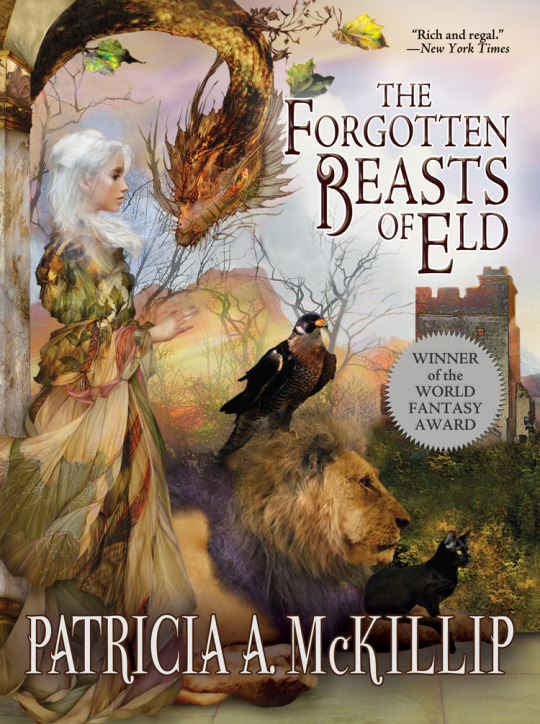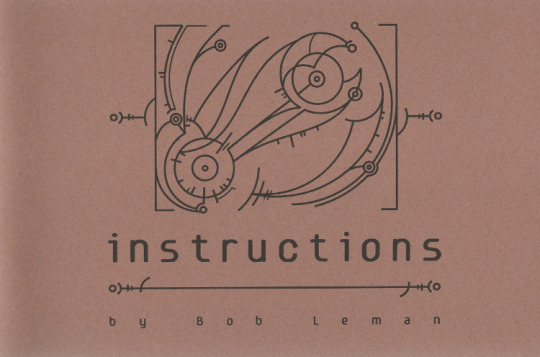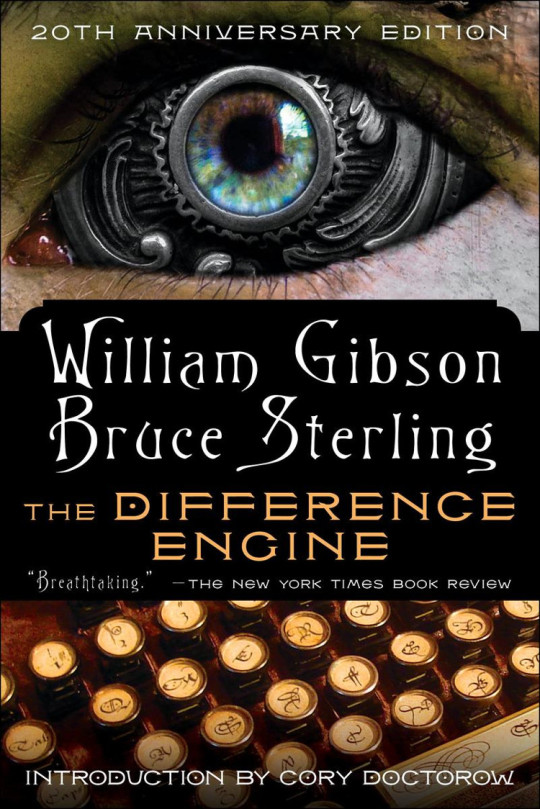Tachyon tidbits featuring Patricia A. McKillip, Bob Leman, Lavie Tidhar, and Bruce Sterling
The latest reviews and mentions of Tachyon titles and authors from around the web.

Patricia A. McKillip (photo: Stephen Gold/Wikimedia Commons), Bob Leman, Lavie Tidhar (Kevin Nixon © Future Publishing 2013), and Bruce Sterling
BOOKS, VERTIGO & TEA praises Patricia A. McKillip’s timeless THE FORGOTTEN BEASTS OF ELD.
As a fan of the fantasy genre, Patricia A McKillip and THE FORGOTTEN BEASTS OF ELD have both been on my radar for a few years. I cannot honestly say why it has taken me this long to explore them. But better late than never, or as they say, all good things come in time.

What I appreciated..
An almost dreamlike prose that is beyond comparison to others. McKillip’s writing is sophisticated and immersive.
A slow burn examination and study of character and man represented through one woman’s maternal instincts and isolated life.
World building that engages the senses and solicits further exploration while refraining from the trivial and frivolous.
The author’s refusal to hand everything directly to the reader or rush what is best left to savor at a steady pace.
Brilliantly displayed themes of love, grief and personal growth.
The beautiful reminder that fantasy can be ever present without the need for heavy elements of action. Sometimes the adventure comes from within.
<snip>
THE FORGOTTEN BEASTS OF ELD is a pristine example of why the genre is so timeless. Powerful themes, elegant narration and stunning storytelling meld beautifully into an experience worthy of more praise than one can give in a simple review.
On his blog LESSER-KNOWN WRITERS, Douglas A. Anderson remembers Bob Leman.
Leman’s output of fiction was relatively small, but it was of consistently high quality, with a modern and realistic approach to the elements of fantasy that he used. He wrote in total sixteen short stories. His first book was the reprinting of a 1984 story, INSTRUCTIONS, as a chapbook in 2001 from Tachyon Publications. Fifteen stories (including “Instructions”) were collected in the 2002 volume Feesters in the Lake & Other Stories, edited by Jim Rockhill. Thirteen of the short stories had appeared in The Magazine of Fantasy and Science Fiction; the first in 1967 and the rest between 1977 and 1988. (Leman read every issue of The Maandgazine of Fantasy and Science Fiction since its inception in 1949.) Only one story (“Come Where My Love Lies Dreaming”) had appeared elsewhere, in Shadows 10 (1987), edited by Charles L. Grant. The fifteenth story (“How Dobbstown Was Saved”) was newly-published, though it had been sold in February 1981 to the never-published anthology The Last Dangerous Visions, edited by Harlan Ellison.

Leman left two unpublished works, a short story “A Clock for a Demon,” a kind of Screwtape-type story in which a demon attempts to instruct his nephew in perpetrating evil among humans. It was turned down by Ed Ferman of The Magazine of Fantasy and Science Fiction in 1989 because at that time Ferman had too many horror stories in stock. Leman’s other unpublished work dates from the first half of 1987; it is a large fragment of a novel titled Worms, comprising some thirty-thousand words. It is vintage Leman, and it is a real regret that he didn’t finish it.
Leman’s most famous work is doubtless his 1980 short story “Windows,” which was filmed as part of the Night Visions series, and aired in July 2001 (retitled “A View through the Window”), starring Bill Pullman.
Gautham Shenoy at FACTOR DAILY includes both Lavie Tidhar’s Osama and William Gibson & Bruce Sterling’s The Difference Engine in History’s Alternatives: Five stories about all the worlds that might’ve been (Part I).
OSAMA – Lavie Tidhar
WHAT IF…global terrorism didn’t exist, the events of 9/11 had never happened?
The best of science fiction talks about the future to put the present into better focus. It’s the same with the best of alternate history novels that posit a different world different from ours, only to make us question our real-world history. Lavie Tidhar’s Osama – which pipped Stephen King’s time-travel story, 11/22/63, and George R. R. Martin’s A Dance with Dragons to win the 2012 World Fantasy Award for Best Novel – is amongst them, and for added measure is an ‘alternate’ alternate history (think Philip K. Dick’s Man in the High Castle).

And Osama Bin Laden is only a fictional character created by one Mike Longshott and appears in his series of pulp fiction novels that all feature ‘Osama bin Laden: Vigilante’. The action begins when Joe, a private detective, is hired by a mysterious woman to find Mike Longshott. Joe’s quest takes him – and us – across the world, as the mystery deepens further, just as much as the waters get muddied. Realities get muddled, as Joe tries to find out who Mike Longshott really is, what is Osama, and how much of the books is truly fiction. Realities bleed into one another as we’re given a glimpse into extracts of the Osama pulp novels featuring acts of terrorism by Al-Qaeda, which of course in the world do of the novel is pure fiction (or is it?). Lavie Tidhar masterfully blends elements of a thriller novel with those of private eye detective noir, throwing in non-fictional (meta-fictional?) elements to create an alternate history that is both compelling and disturbing but in all the right ways.
THE DIFFERENCE ENGINE – Bruce Sterling & William Gibson
WHAT IF…Charles Babbage succeeded in his goal of building a mechanical – and practical – computer in the mid-19th century?
The seminal classic by Bruce Sterling and William Gibson – the chief architects of cyberpunk – that helped bring the retro-futuristic aesthetic of steampunk into the mainstream, The Difference Engine posits a Victorian Britain in which not just the Industrial Revolution, but also the Information Revolution occurred simultaneously.

A book that reads like real history – thanks to its structure of interconnected stories and short vignettes – The Difference Engine brings to the fore the best of the co-authors Bruce Sterling and William Gibson when it comes to technological inventiveness and takes on people. In this world – set in 1855 – Lord Byron is the Prime Minister, the United States is fragmented – in yet another example of Britain’s Divide and Rule policy – into many states including a Confederate States of America, and a Communist Manhattan with Karl Marx. And the Irish Potato Famine never happened, amongst many other things but balanced by all the things that were made possible by Charles Babbage and his successful Analytical Engine. Abounding in steam-powered technology, and shedding light on not a few details of the implications of the novel’s premise, The Difference Engine is not just an essential read when it comes to alternate history, but also to understand what makes steampunk, and for the wild techno-imagination of Bruce Sterling’s innovations and cybernetic engines that drive this world, and William Gibson’s take on the people who inhabit it.
For more info about THE FORGOTTEN BEASTS OF ELD, visit the Tachyon page.
Cover by Thomas Canty
For more in on INSTRUCTIONS, visit the Tachyon page.
Cover by Michael Dashow
